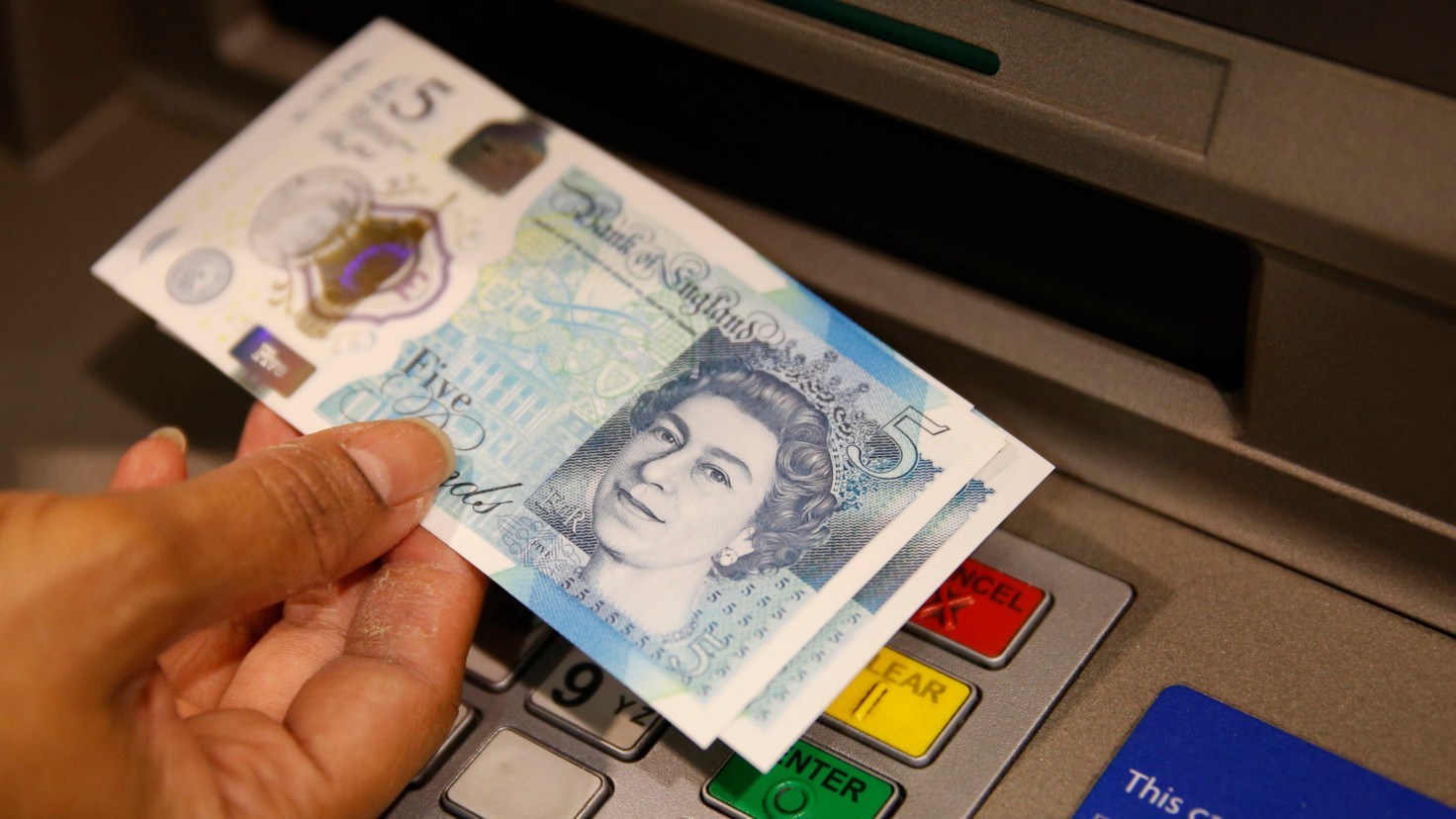Could the pound prove vulnerable?
There’s little doubt that the pound could prove vulnerable once again if trade continues to slump and global investment flows stall.

We would see the 1.15-1.20 range for sterling/dollar for some time
>> Will the UK's economic downturn put GBP in jeopardy?
You hear a lot of talk these days about a return to the 1970s, with its many recessions and surging inflation. It is particularly pertinent in the UK because 1976 was the year the UK endured a balance of payments crisis that forced it to go to the IMF for a bailout. That won’t happen again, but there’s little doubt that the pound could prove vulnerable once again.
The UK’s trade struggles in the early 1970s saw the current account deficit peak at 3.7% of GDP in 1974. Data released by the UK last week put the Q1 2022 deficit at a record 8.2% of GDP, or GBP51.7bn. That’s disconcerting even if the Office for National Statistics (ONS) correctly points out that the UK has started to record imports from the EU in a different way, which has lifted import levels compared to prior trends. There have also been some changes in the recording of foreign direct investment flows, and that gives another reason to treat the data with some caution.
A third point in mitigation is that other countries have also seen their trade and current accounts deteriorate spectacularly, usually because of higher energy bills. For instance, the euro zone current account surplus has slumped to an average of EUR 7.4 billion in the first four months of this year, compared to an average monthly surplus of EUR 24.7 billion last year – and the last two months have actually seen small current account deficits.
While there are some mitigating factors for the dramatic slump in the UK’s current account, Mr. Steve Barrow, Head of Standard Bank G10 Strategy, still feels that this could be an Achilles heel for the pound. For a start, trade and current accounts may have been deteriorating for most countries, but the UK’s is particularly large at over 8% of GDP. For instance, it is nearly twice the size of the US current account deficit as a percentage of GDP. The second point, which he has spoken about recently, is that the US can seemingly run larger current account deficits than other countries, without any adverse currency effect, because of the dominance of the dollar and US financial assets implies a ready source of loans to the US to fund whatever current account deficit the US generates. The UK is not in such a fortunate position. It is more reliant on the "kindness of strangers" to invest in the UK, as former BoE Governor Mark Carney said some years ago. "If these strangers lose that confidence, sterling could tumble even if it does not turn into some sort of 1976-style IMF crisis again", said Mr. Steve Barrow.
>> What is the outlook for GBP in 2022?
Data from Q1 of this year showed that net foreign investment into the UK was only just over half of the current account deficit, at GBP29.6bn. But these numbers bounce around a lot, particularly depending on FDI flows. What’s more, cumulative foreign indebtedness – the international investment position—actually improved in Q2, probably due to the fact that the pound’s fall lifted the value of foreign assets quite handily. Where there is a particular danger is if the world goes into some sort of ugly financial meltdown that causes a sudden stop in investment flows. In other words; if foreign investors become "unkind".
"We usually associate these sudden-stop episodes as being most problematic for emerging market countries, particularly those with large current account deficits. We dare say that the same will happen again if there’s a sudden stop now. But amongst the major developed nations, we could find that the UK is one of the most vulnerable to decimated global investment flows given the scale of the rise in the current account deficit. This being said, it is not just the scale of the deficit that’s the problem here; it is also that the UK’s macroeconomic backdrop looks worse than elsewhere, with recession the most likely, inflation expected to rise the most, and militancy seemingly greater than elsewhere. In sum, it is a very glum picture for the pound, and the question is whether the slide we’ve seen to date captures all the risks. We think the answer is "no", which is why we have targeted the 1.15-1.20 range for sterling/dollar for some time and now think that this might not be as bad as it gets," Mr. Steve Barrow forecasted.








